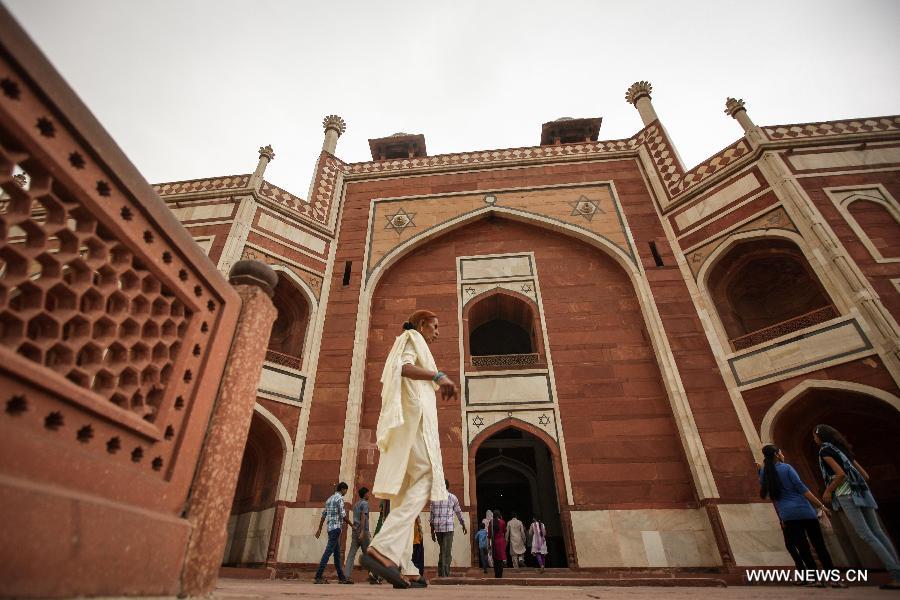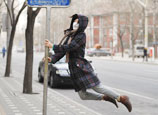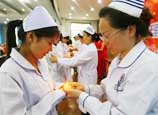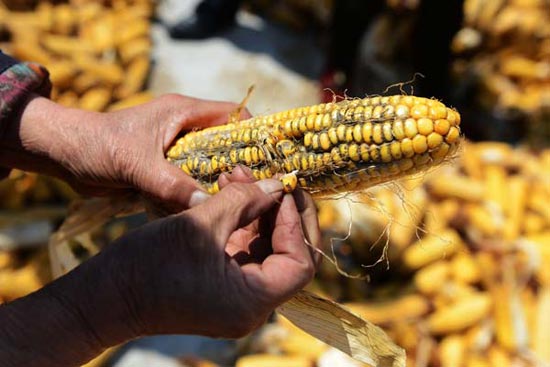
Urban and rural housing conditions are further improved. Since 2009, focusing on the two major themes of "ensuring that all the people enjoy the right to housing" and "obtaining sustainable development of residential areas in the process of urbanization," the Chinese government, while working hard to satisfy the people's diverse demands for housing by promoting market-oriented reform of the urban housing system and developing the commercial housing market, has also listed satisfying the basic housing needs of people in poverty as an important content of the basic public services to be provided by the government and carried out massive affordable housing projects to enhance housing security. The affordable housing projects in China cover the building of affordable housing in urban areas, the rebuilding of shanty areas and rural housing in disrepair, and the building of permanent housing for nomadic herdsmen. From 2008 to 2012 China built more than 18 million affordable suites of housing and rebuilt more than 12 million suites in shanty areas. By the end of 2012 China had provided housing for 31 million urban families, about 12.5 percent of the total urban households. In addition, the government had provided low-rent housing subsidies for nearly five million urban low-income families. At the end of 2012 the per-capita living space in China's urban and rural areas reached 32.9 square meters and 37.1 square meters, respectively, up 2.8 square meters and 5.5 square meters compared with 2007. In order to regulate the expropriation of and compensation for buildings on state-owned land, protect the legitimate rights of the owners of such buildings as well as the public interest, the State Council promulgated and put into effect the Regulations on the Expropriation of and Compensation for Buildings on State-owned Land on January 21, 2011, and simultaneously abolished the Regulations on the Dismantling of Urban Houses promulgated on June 13, 2001.
Proactive efforts are made to boost employment. The steady and sustained economic growth has provided a guarantee for employment. The state implements an active employment policy to guarantee the citizens' right to work. From 2008 to 2012 China invested a total of 197.3 billion yuan in special employment funds, and helped 28 million college graduates and 8.3 million people in urban areas with employment difficulties find jobs. In 2012, against a backdrop of slowing economic growth, 12.66 million new job opportunities were created, 5.52 million laid-off workers were reemployed, and 1.82 million people with employment difficulties found jobs in urban areas of China. At the year's end, the registered urban unemployment rate was 4.1 percent, the same as the previous year. The total number of rural migrant workers was 262.61 million in 2012, up 3.9 percent from the previous year, among whom the number of rural workers employed away from their homes reached 163.36 million and the number of local rural workers reached 99.25 million, representing increases of 3 percent and 5.4 percent over the previous year, respectively. As China encourages farmers to find jobs in or close to their hometowns, 85,000 villages launched recreational agriculture and village tourism, providing jobs for 28 million farmers. In 2012 China helped an additional 329,000 disabled people in urban areas to find jobs, raising the total urban number of employed disabled people to 4.448 million; and in the rural areas, 17.703 million disabled people got stable jobs. In 2011, 22 million people took part in vocational training courses of various types provided by the government. In 2012 the central government appropriated 45.4 billion yuan in special employment funds to help implement policies intended to boost employment. From 2010 to 2012, taking advantage of the training programs of the "Sunlight Project," the Ministry of Agriculture provided agricultural skill training to 9.3 million farmers with 3.3 billion yuan of subsidy funds from the central government.
【11】 【12】 【13】 【14】 【15】 【16】 【17】 【18】 【19】 【20】
【21】 【22】


















 Father arrested for 'torturing' teen daughter
Father arrested for 'torturing' teen daughter


![]()
